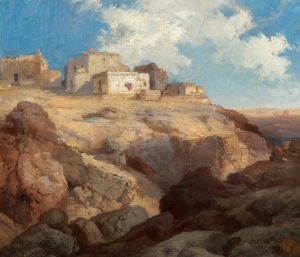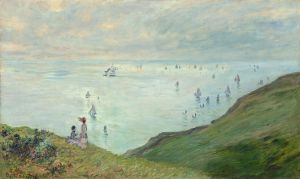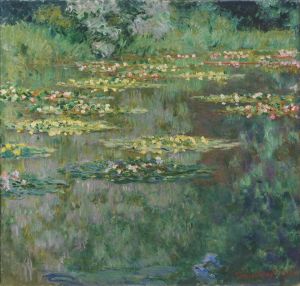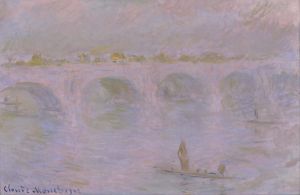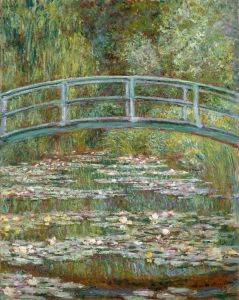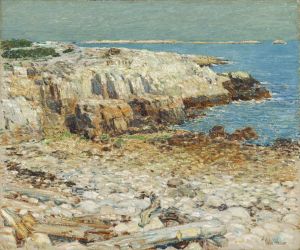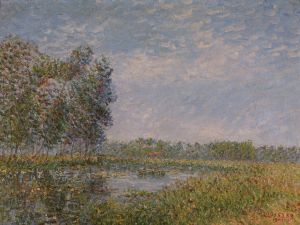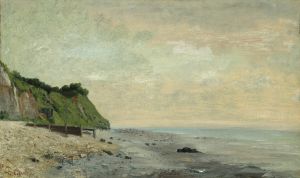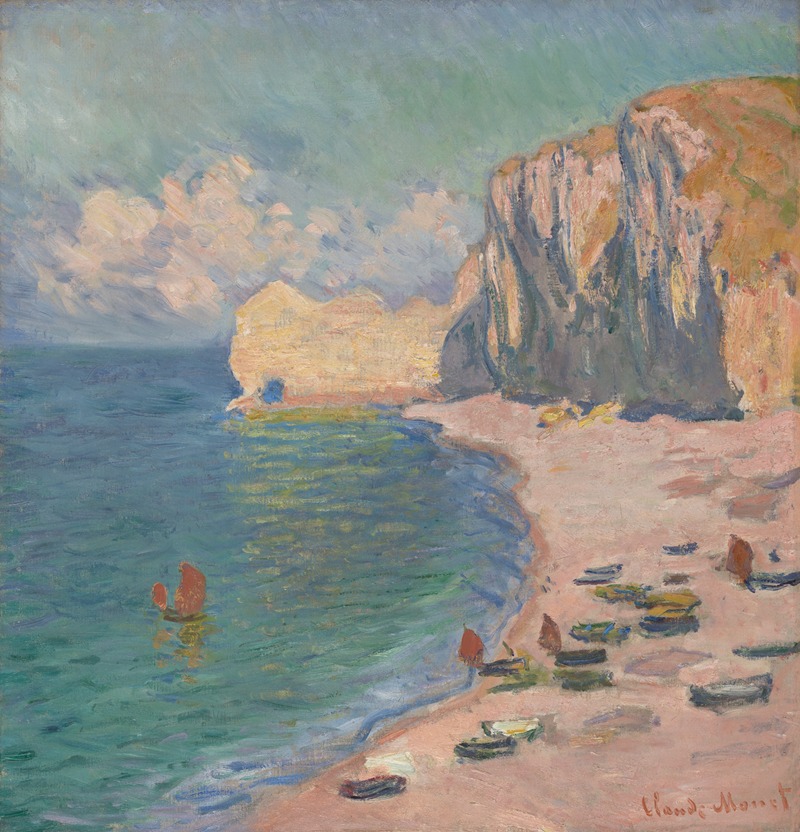
Étretat, The Beach and the Falaise d’Amont
A hand-painted replica of Claude Monet’s masterpiece Étretat, The Beach and the Falaise d’Amont, meticulously crafted by professional artists to capture the true essence of the original. Each piece is created with museum-quality canvas and rare mineral pigments, carefully painted by experienced artists with delicate brushstrokes and rich, layered colors to perfectly recreate the texture of the original artwork. Unlike machine-printed reproductions, this hand-painted version brings the painting to life, infused with the artist’s emotions and skill in every stroke. Whether for personal collection or home decoration, it instantly elevates the artistic atmosphere of any space.
"Étretat, The Beach and the Falaise d’Amont" is a painting by the renowned French artist Claude Monet, created in 1885. Monet, a leading figure in the Impressionist movement, is celebrated for his landscape paintings that capture the transient effects of light and atmosphere. This particular work is part of a series of paintings Monet produced during his stay in Étretat, a small coastal town in the Normandy region of France.
Étretat is famous for its dramatic cliffs and natural arches, which have been a source of inspiration for many artists. The "Falaise d’Amont" refers to one of these prominent cliffs, located to the east of the town. Monet's painting depicts the beach at Étretat with the imposing Falaise d’Amont in the background, showcasing his skill in rendering the natural beauty and unique geological formations of the area.
Monet visited Étretat several times during the 1880s, drawn by the picturesque scenery and the opportunity to study the effects of light on the sea and cliffs. His works from this period are characterized by their vibrant colors, dynamic brushstrokes, and an emphasis on capturing the momentary impressions of the landscape. In "Étretat, The Beach and the Falaise d’Amont," Monet employs a palette of blues, greens, and earth tones to convey the interplay of light and shadow on the cliffs and the movement of the waves.
The painting is a testament to Monet's dedication to plein air painting, a technique where artists paint outdoors to directly observe and capture the natural environment. This approach was central to the Impressionist movement, which sought to break away from the formal studio setting and traditional techniques of the time. Monet's ability to convey the essence of a scene through loose, expressive brushwork and a keen sensitivity to light and color is evident in this work.
"Étretat, The Beach and the Falaise d’Amont" is housed in the Musée d'Orsay in Paris, which holds one of the most extensive collections of Impressionist and Post-Impressionist masterpieces. The museum's collection provides valuable insight into the development of modern art in the late 19th and early 20th centuries, with Monet's works being a significant highlight.
Monet's paintings of Étretat, including "Étretat, The Beach and the Falaise d’Amont," have been widely studied and admired for their innovative approach to landscape painting. They reflect his deep connection to nature and his relentless pursuit of capturing the fleeting moments of beauty in the world around him. Through his art, Monet has left an enduring legacy that continues to influence and inspire artists and art lovers alike.





